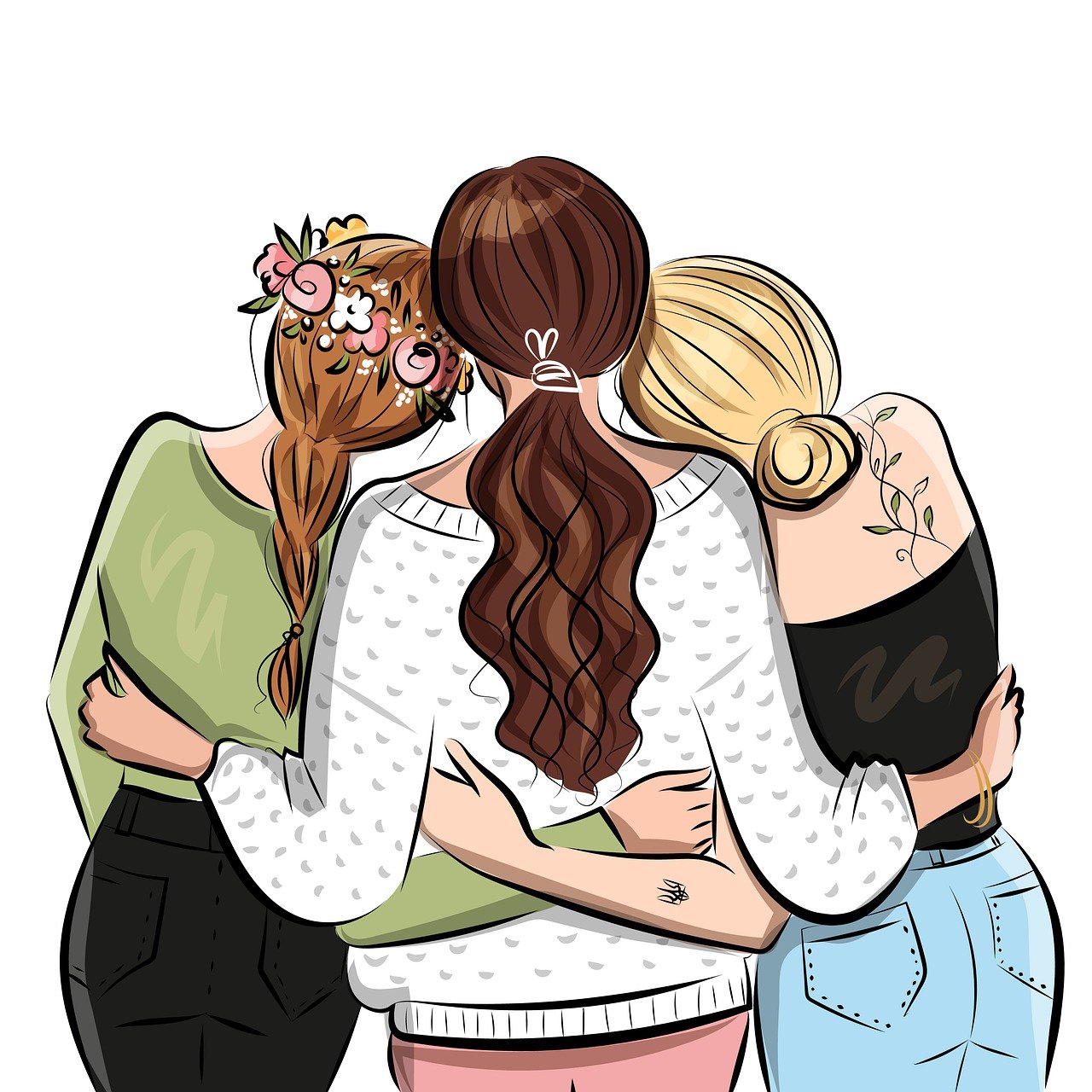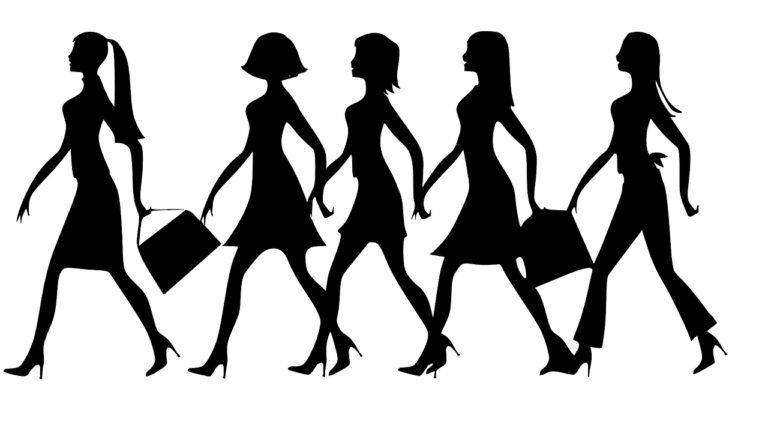Workplace bullying isn’t just “part of the job” for women; it’s a symptom of a much bigger problem rooted in patriarchy and outdated cultural norms.
A few years ago, I worked at an international media organization where I faced relentless misogynistic bullying and intimidation. Ultimately, I was forced to resign because a group of overgrown, immature men couldn’t handle my assertiveness and drive. I wasn’t interested in pandering to their egos, joining the weekly parties, or hanging out during smoke breaks. I wanted my work to speak for itself. But for women, merit often isn’t enough.
When I considered taking legal action, I was repeatedly asked if there was a sexual harassment angle so it could fall under the Sexual Harassment of Women at Workplace (Prevention, Prohibition and Redressal) Act, 2013, or the POSH law. “No,” I kept saying. And every time, their interest waned—as if without a sexual harassment component, there was no other way to address workplace harassment.
I understand why this happens, but it’s time we make bullying part of the POSH law, too. Emotional bullying affects both men and women, but women often become easier targets due to entrenched gender biases. The goal is clear: to push women to the breaking point, forcing them to quit.
We need to start talking about this because the trauma of workplace bullying is profound. I still haven’t fully overcome mine. It triggered my depression and anxiety, shattered my confidence, and left me hesitant to pursue full-time work, especially in a mixed or male-dominated environment.
Bullying at work hits differently for women
It’s not just about bad behavior—it’s about power. Women face stereotypes every day: we’re either “too assertive” and called aggressive or “too nice” and seen as weak. A 2021 Deloitte study revealed that over half of working women faced harassment or exclusion in just one year, whether it was being talked down to, their ideas ignored, or missing out on opportunities simply because they’re women. And let’s not forget, while men’s bad behavior gets a pass, women are expected to constantly “prove” themselves.
And if you’re LGBTQ+, have a disability, or belong to a marginalized community, it gets even tougher. Harassment and discrimination intersect with things like homophobia, transphobia, and ableism, creating a perfect storm of challenges that are hard to navigate.
Let’s address the elephant in the room – women bullying other women
And it’s not only men who bully women – women also bully other women especially if they regard the other as a threat to their position. This is a bitter pill to swallow for most feminists but there is no walking around this that “women-empowering-women” have remained elusive in most workplaces. Yes, even in women-dominated workplaces.
“The Workplace Bullying Institute found that women are bullied up to 80 per cent of the time by other women, while other studies have shown that women who report to women experience a greater frequency of bullying, abuse and job sabotage,” the Independent had reported in an article in 2022.
This all comes down to systemic, social, and psychological factors. In male-dominated workplaces, the limited opportunities for women in leadership often create competition instead of solidarity, with some women feeling threatened by others who might challenge their position. Internalized patriarchy and cultural double standards make it worse, as women are expected to be both authoritative and nurturing—a nearly impossible balancing act. Add to that a lack of mentorship and toxic workplace cultures, and you’ve got a recipe for rivalry rather than collaboration. These behaviors aren’t natural—they’re the result of systemic inequities. Fixing this means creating inclusive policies, mentorship programs, and work cultures that focus on collaboration over competition.
Many women in senior roles, even in women-dominated workplaces, seem like they’re just trying to survive, and I get it—it’s not easy out there. As a senior leader myself, I’ve always tried to lead with empathy, but I’ve been burned. Team members have taken advantage of my approach while not having my back when it mattered. Admittedly that didn’t turn me into a bully – I chose the path to venturing out to do different things as successfully, but reorientaion is exhausting and I have done it far too many times than I care to remember. So, while I don’t agree, I do definitely try and understand why some women in leadership might come across as bullies—they’re just trying to stay afloat in an unforgiving environment. This isn’t a justification—it’s an attempt to understand the root of the problem.
I think that this constant battle to survive leaves little room for women leaders to reflect on or refine their leadership styles. They’re often juggling the weight of perceptions about their capabilities while also managing caregiving responsibilities. Add to that the fact that they’re stretched so thin, it’s hard to find the time—or headspace—to build strong leadership or team management skills. It’s not just one thing; it’s a combination of all these factors, and it creates a perfect storm.
This is exactly why having a workplace dominated by women doesn’t automatically mean it’ll be free of toxicity or that it’ll be inclusive. We have to understand that the issue isn’t just about gender balance—it’s about transforming the culture. If the work environment is still cutthroat, competitive, and riddled with systemic biases, it doesn’t matter who’s in charge. Real change comes when we rethink how workplaces function, making them supportive, inclusive, and fair for everyone.
Let’s talk about the mental and emotional cost.
Workplace bullying isn’t just annoying—it’s deeply damaging, often leading to anxiety, depression, and even PTSD amongst women. They also deal with self-doubt, poor sleep, and the constant dread of another bad day at work. Over time, this pressure pushes many women to leave their jobs altogether or quietly disengage, doing only the bare minimum to get by.
And here’s the kicker: many women don’t even feel safe reporting these issues. In India, for example, over 40% of women say they don’t trust HR to handle their concerns, and 60% of those who do speak up report getting zero support. Imagine having to carry all that alone.
What Needs to Change
Support systems at work need a serious upgrade. First, they have to be visible, accessible, and judgment-free. Organizations need to stop sweeping things under the rug and start prioritizing real solutions—like closing the pay gap, offering decent parental leave, and addressing microaggressions and harassment head-on. Companies should also create spaces where women feel seen and heard, not sidelined.
It’s not just about policies; it’s about culture. Workplaces need to normalize conversations about mental health, train managers on gender sensitivity, and make resources available without stigma. And for women with intersecting identities—like LGBTQ+ women or women with disabilities—this means addressing their unique challenges with targeted support and inclusive practices.
Why Speaking Up Matters
Movements like MeToo may feel like they’ve come and gone, but they’ve sparked something bigger—conversations that can’t be ignored. Sure, change is slow, but these campaigns remind us that we’re not alone and that collective action works. Women deserve workplaces where they don’t have to fight for every inch of respect and opportunity.
The road ahead isn’t smooth, but it’s worth it.
Speaking up, supporting one another, and demanding better isn’t just brave—it’s necessary.




